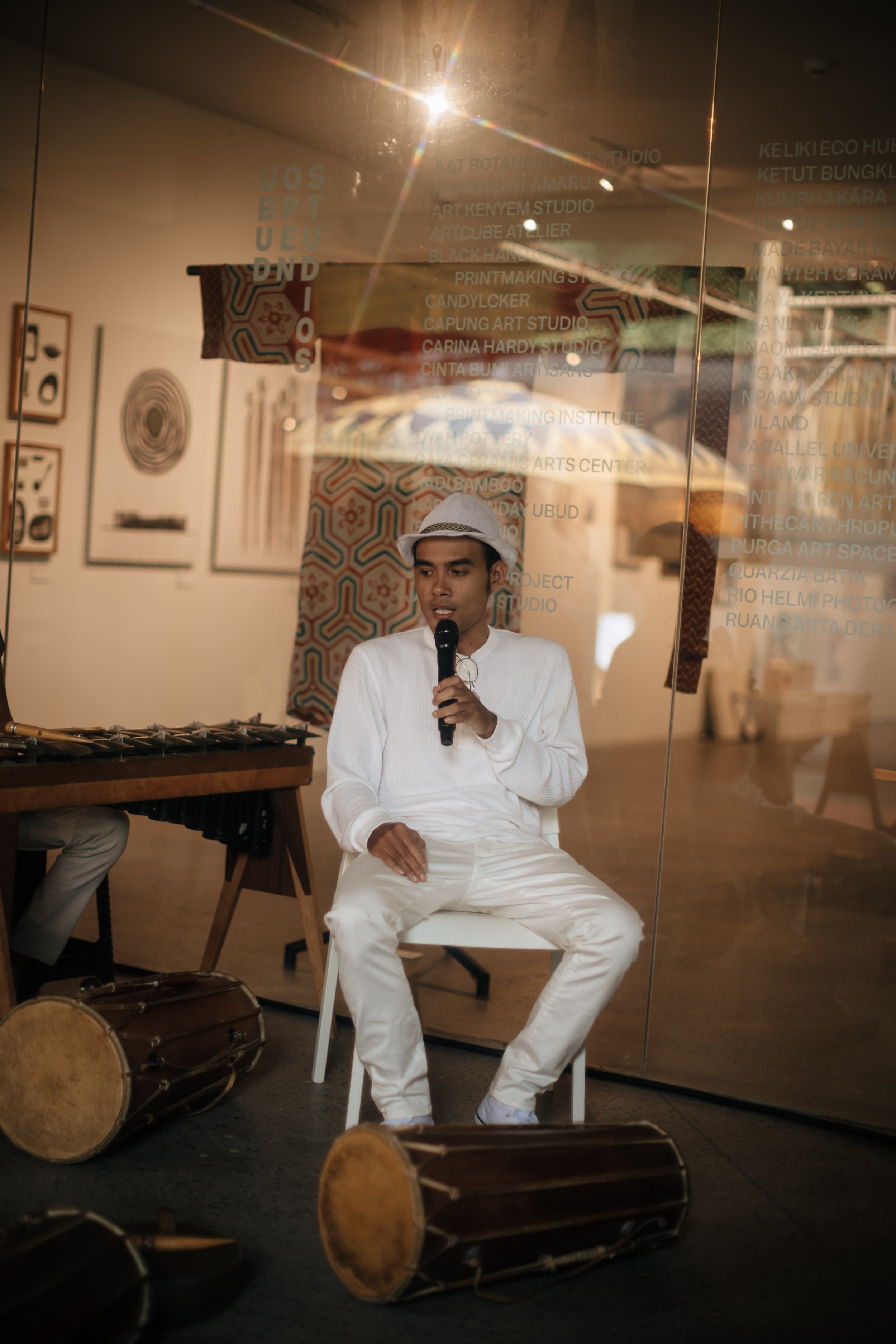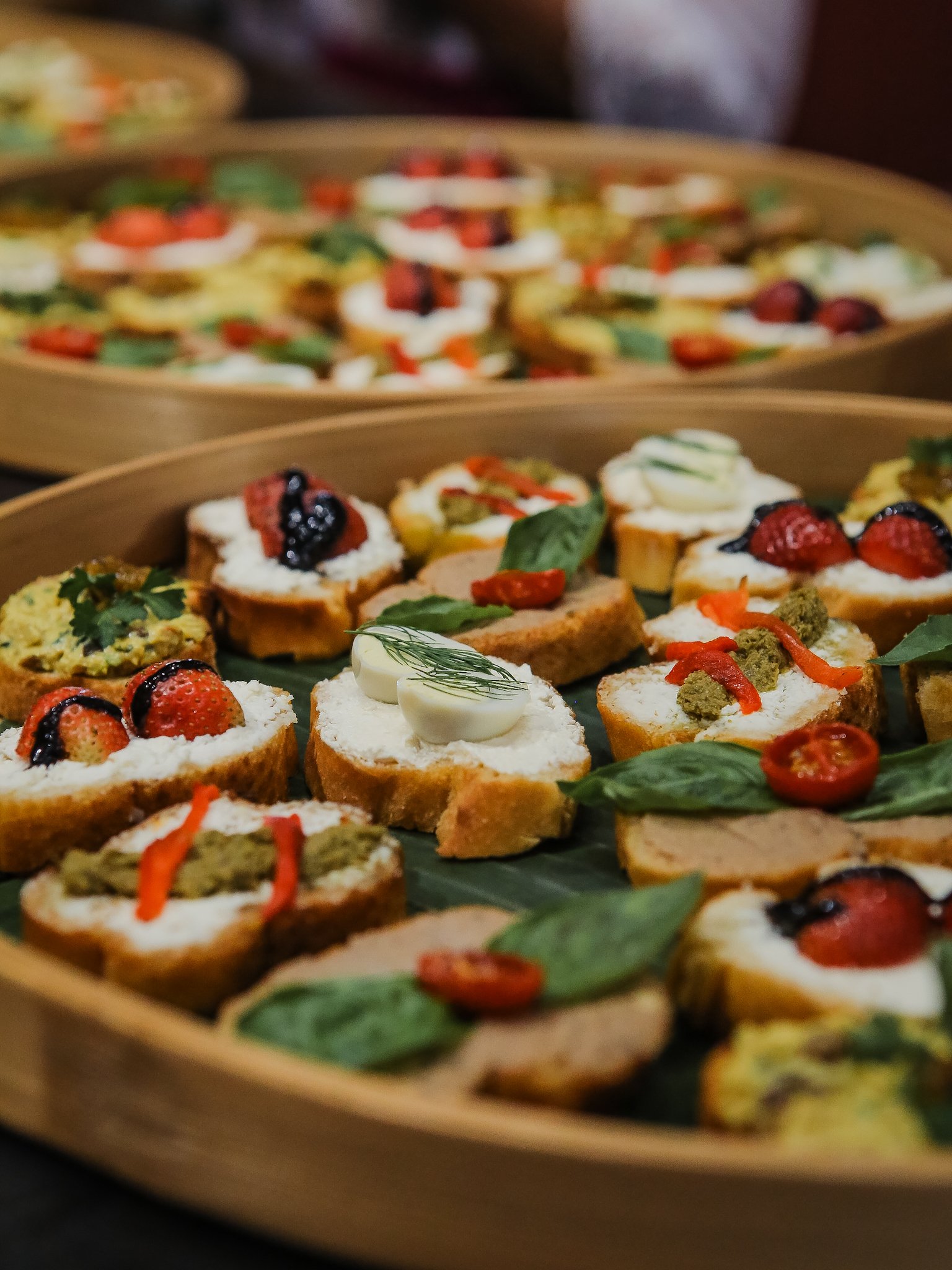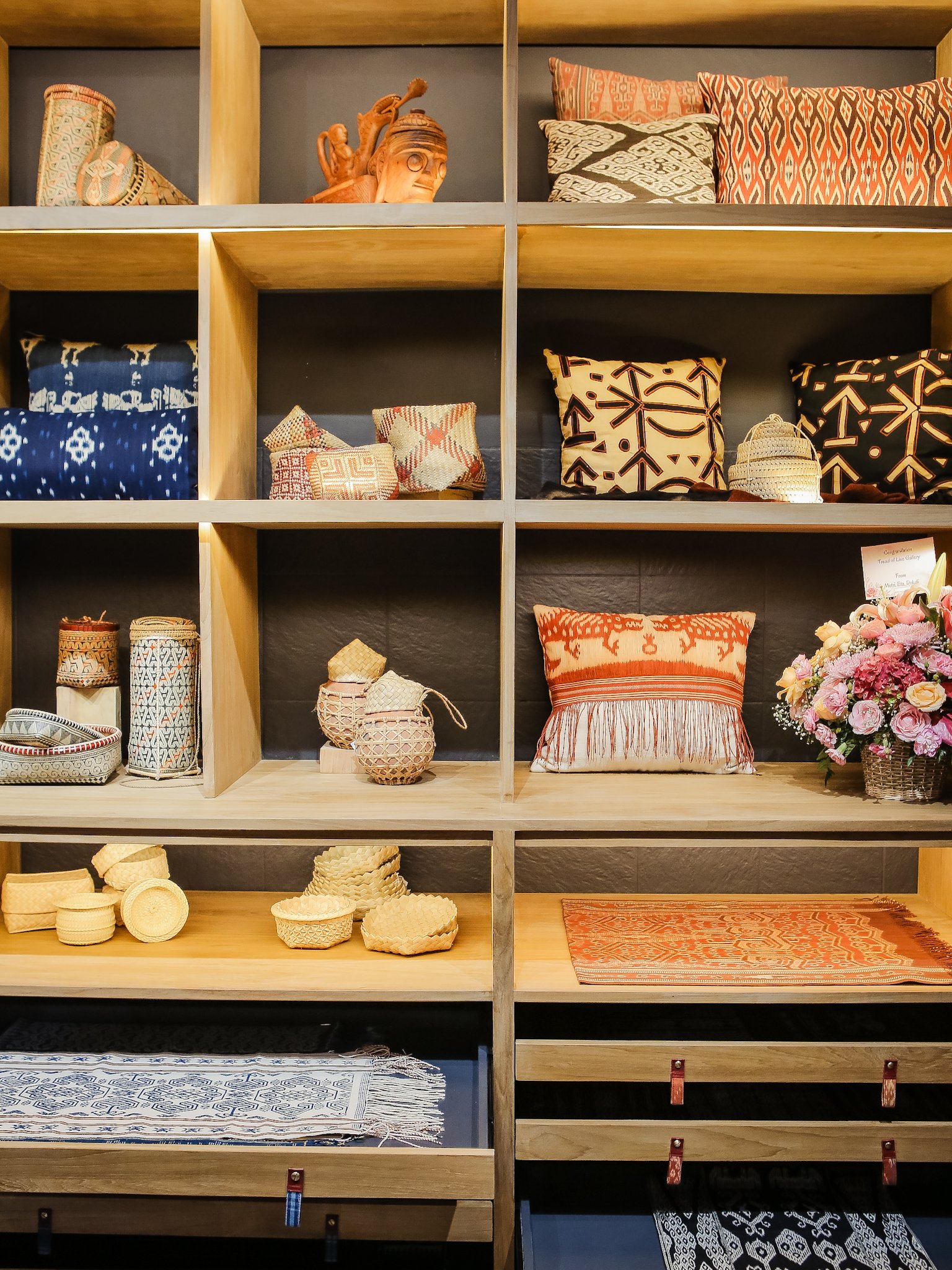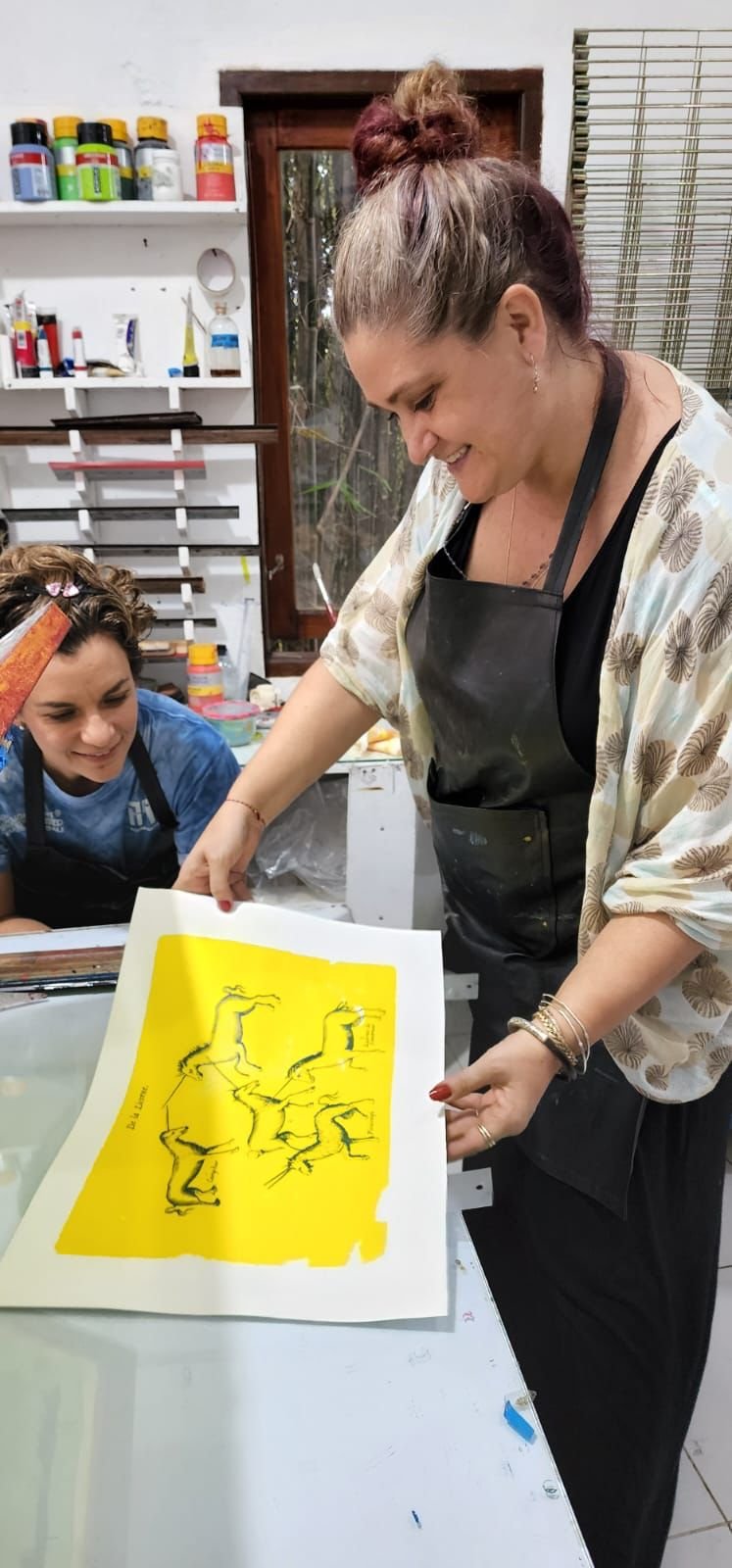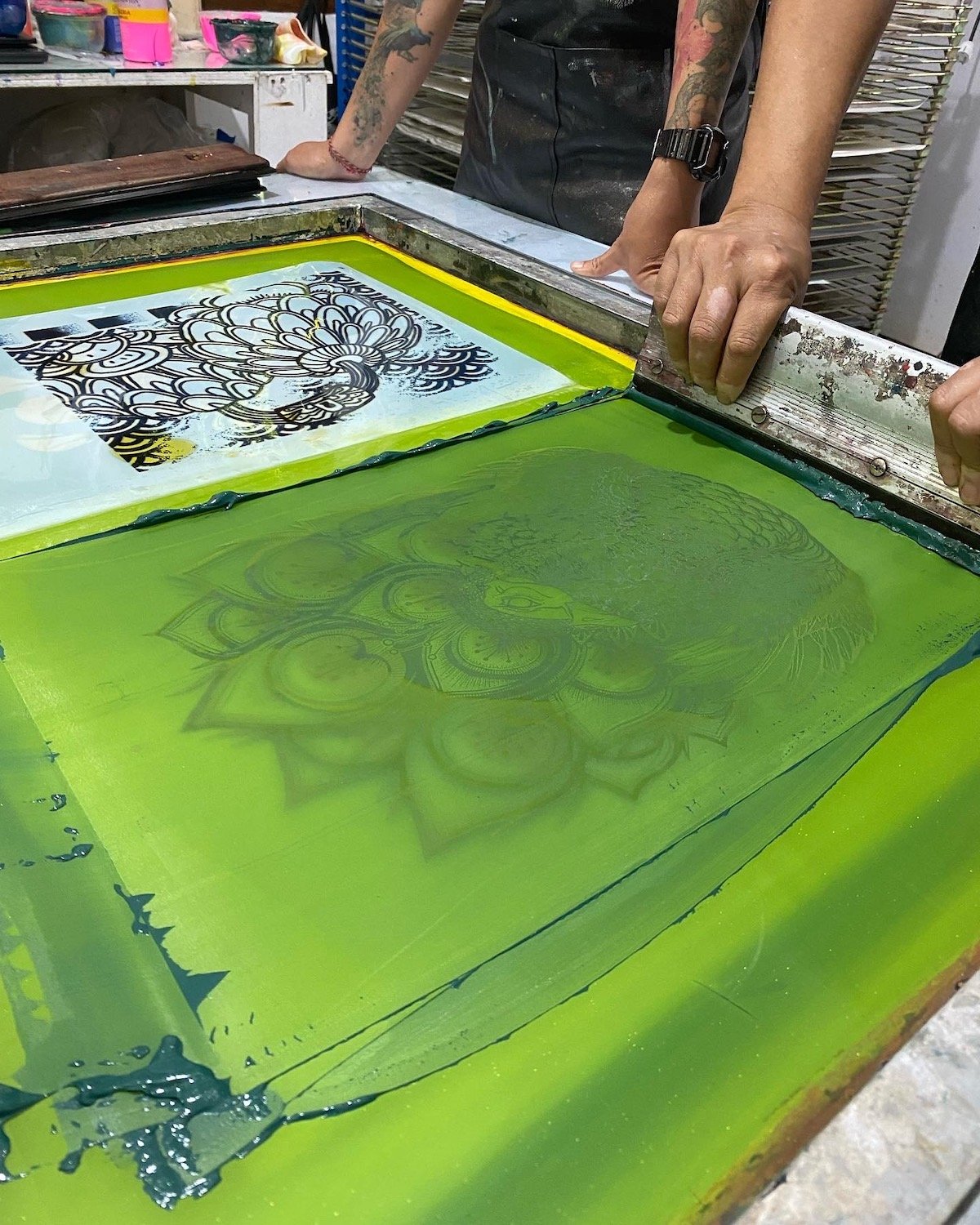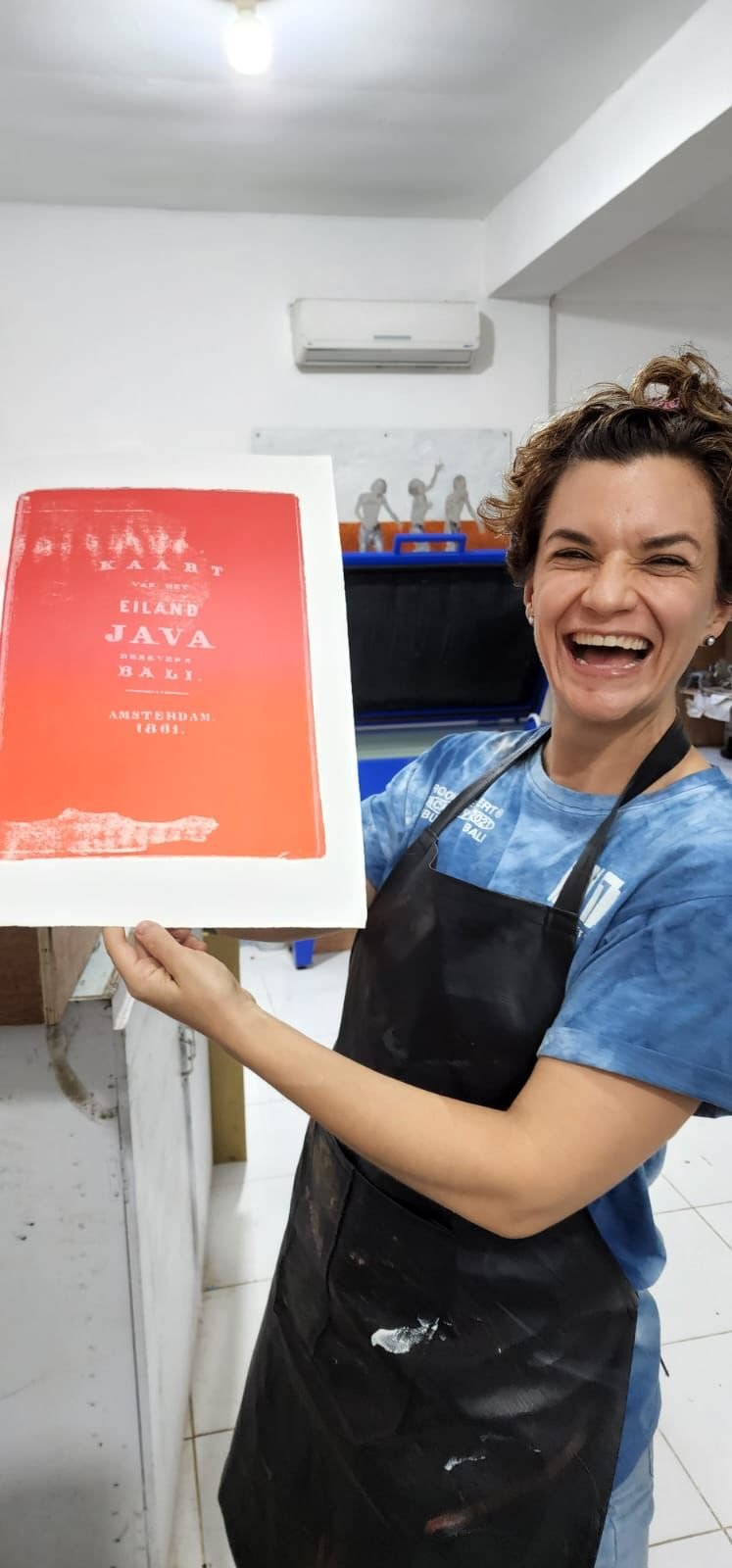A magical time to be in Ubud
/Throughout November, we have been inundated with the most incredible beauty, craft and performances as a huge ceremony for Pura Desa Ubud took place. A once every 27 year ceremony, the rituals and contributions from the wider community have been incredible. People have donated elaborate decorations, amazing performances, time and energy like nothing you could have imagined.
For us, being within walking distance of these ongoings has been a visual feast and we’ve both caught sight of the processions and attended some of the ceremonies when we can.
In Rully’s words:
“For my eyes that born outside of Bali, all the processions still feel magical. Sesuhunan Mesolah (the dancing of sacred masks) feels more than just a 'mask' and 'costume' that is part of the performance, but a manifestation of beliefs that come alive. This year I was lucky to see traditional artists working on everything from tapel (masks), jewelry to payasan (Sesuhunan decorations), so it feels complete when I see tonight how everything is displayed during Mesolah. It's great to live here and still be able to see a living culture.”
In this great interview by Now Bali, Ubud elder and customary head of the village, Tjok Raka Kerthyasa explains a little about the ceremonies taking place.
Scroll for a few more of the Elami team’s pictures from the last few weeks. The colors, styles, motifs, patterns and techniques have truly captivated us.




































